Valley of Flowers is India’s most fascinating and beautiful destination. Located up in the Garhwal Himalayas of Uttarakhand, this stunning valley appears like an oil painting, dotted with vibrant wildflowers, crisp mountain air, and snow-capped peaks everywhere.
But what makes this destination even more unique is that it’s not a typical tourist attraction.
On July 14, 2005, the Valley of Flowers National Park was proclaimed as a UNESCO World Heritage Site. That’s one of the largest recognitions a natural destination can receive worldwide making it comparable to the Great Barrier Reef, Yellowstone National Park, or the Central Amazon.
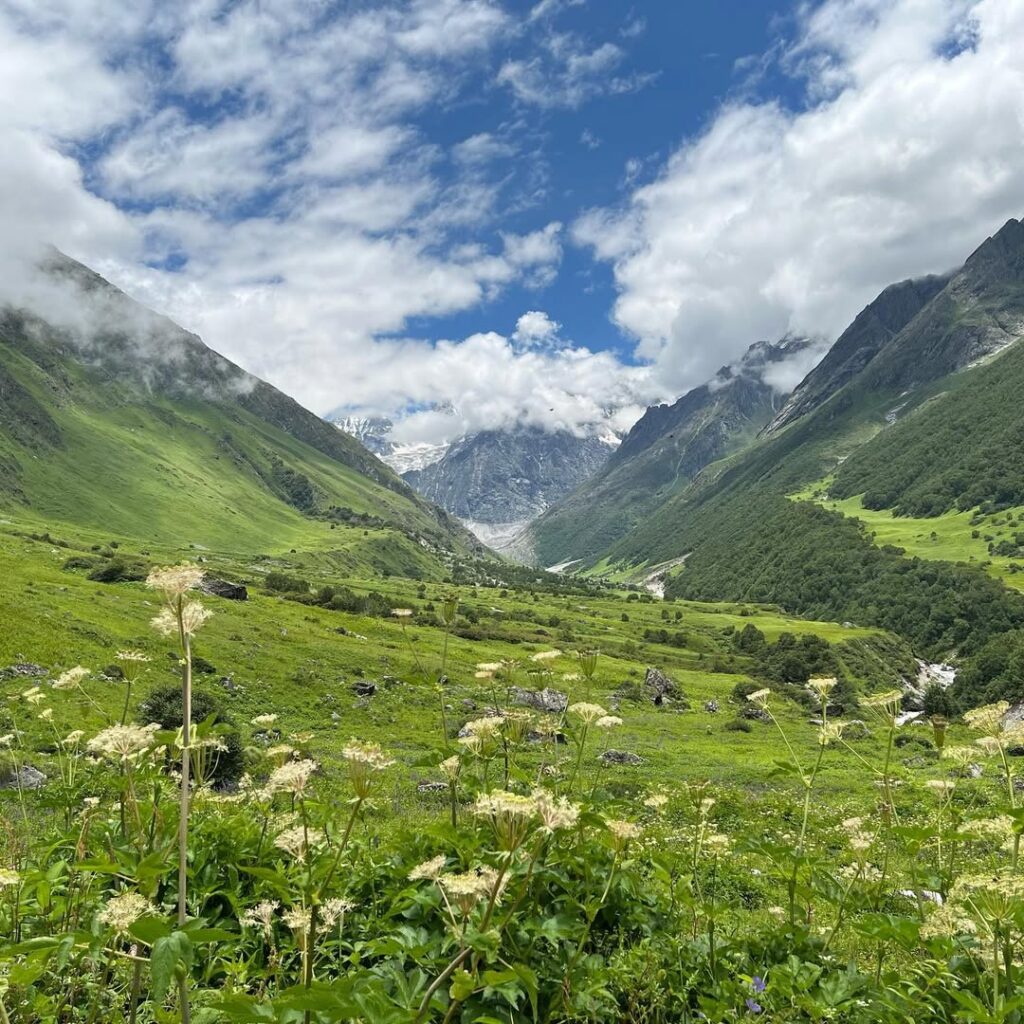
Let’s dissect how this lovely valley acquired that esteemed label, what was involved in the process, and why it still matters greatly today.
Table of Contents
The Journey Began with Curiosity and Grit
Back in 1993, a researcher Prof. Chandra Prakash Kala went to explore the Valley of Flowers. Without any promise of success, only a sheer love for nature and a great deal of patience, he ventured into this peaceful Himalayan world. What he discovered was breathtaking, more than 500 different flowering plant species, most of them endangered and rare. This was not simply a meadow; it was a live botanical museum!
There followed, over the next couple of years, numerous studies, reports, and even books. That work provided the basis on which to make the case for why this valley wasn’t just beautiful but scientifically important too. It was all that effort that finally paved the way for the valley being nominated for UNESCO World Heritage status.
What is a UNESCO World Heritage Site?

A UNESCO World Heritage Site is a location or site that’s legally conserved due to its historical, cultural, or natural significance. The aim is to conserve it for the next generation. In the case of a natural site such as the Valley of Flowers, this implies:
- Getting global recognition
- Becoming eligible for international conservation funds
- Protection under global environmental standards
- Encouraging eco-friendly tourism
In order to make this possible, a government of a nation presents an in-depth proposal to UNESCO. Next, an international panel of specialists assesses the location under strict criteria. It’s a lengthy and comprehensive process.
India’s Official Nomination in 2004
In 2004, the Government of India presented the Valley of Flowers National Park for inscription as a World Heritage site. But the nomination had to pass a process through the International Union for Conservation of Nature (IUCN), which is the technical advisory body to UNESCO for natural sites.
IUCN’s mandate is to check whether or not the site complies with all the international standards from biodiversity to the level of management and protection.
In order to assess the Valley of Flowers, the IUCN dispatched two leading specialists: M.J.B. Green, an expert in Himalayan wildlife, and Georgina Peard, who had extensive contacts among conservation organizations. The two specialists explored the valley, met government officials, interviewed forest department crews, and examined years of scientific information.
But with deadlines looming fast and critical data still lacking, the IUCN made a last-minute appeal to Indian scientists for final checks. These last-minute inputs aided in strengthening the valley’s case.
Why the Valley of Flowers Qualified in UNESCO World Heritage Site
To qualify as a natural place for the World Heritage tag, a site must satisfy at least one of multiple requirements. The Valley of Flowers satisfied not one, but three significant requirements:
1. Exceptional Natural Beauty
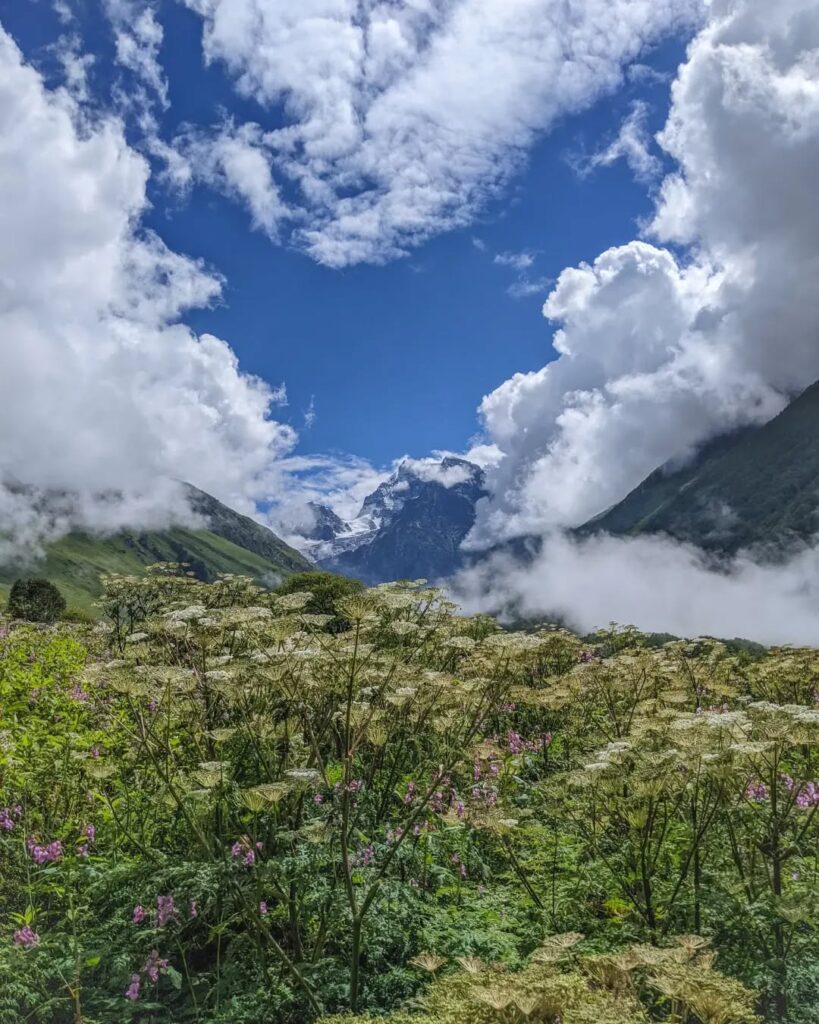
The views are worth a thousand words. From June to September, the valley blossoms into a rainbow-hued show of orchids, poppies, primulas, and marigolds blanketing meadows. It’s covered by large peaks such as Nilgiri Parbat, providing a postcard-perfect setting.
2. Habitat of Rare and Endangered Species

In addition to the 500+ flowering plant species, the valley supports rare animals such as the snow leopard, Himalayan musk deer, blue sheep, and many high-altitude birds and butterflies. Certain species occur nowhere else on earth.
3. Strong Conservation and Management
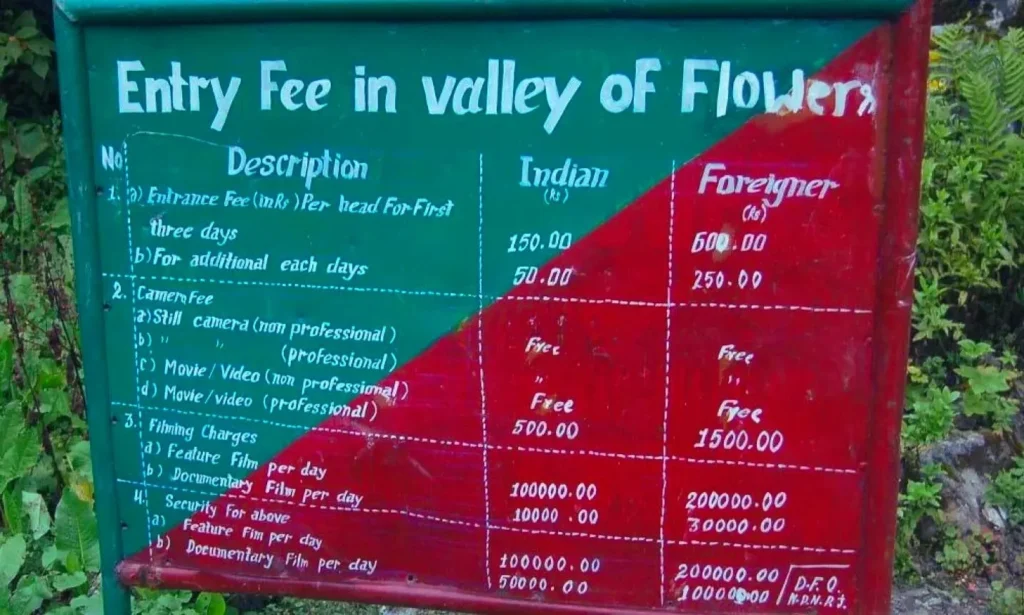
Since 1982, livestock grazing has been prohibited here altogether, thanks to the protection granted through the Wildlife Protection Act of 1972. That allowed the natural ecosystem to recover. With time, indigenous vegetation such as Polygonum polystachyum (a Himalayan knotweed variety) reappeared and even suppressed erosion on slopes and landslide areas.
The natural tree line also began reappearing, with indications of productive forest regeneration.
A One-of-a-Kind Floral Wonderland
There are other Himalayan alpine meadows such as Bedni Bugyal, Dayara Bugyal, and Gidara Bugyal but none that match the variety and abundance of rare flora in the Valley of Flowers. For its mere size of a mere 87.5 square kilometres, it includes around 600 flowering plants. That’s an astronomically high number!
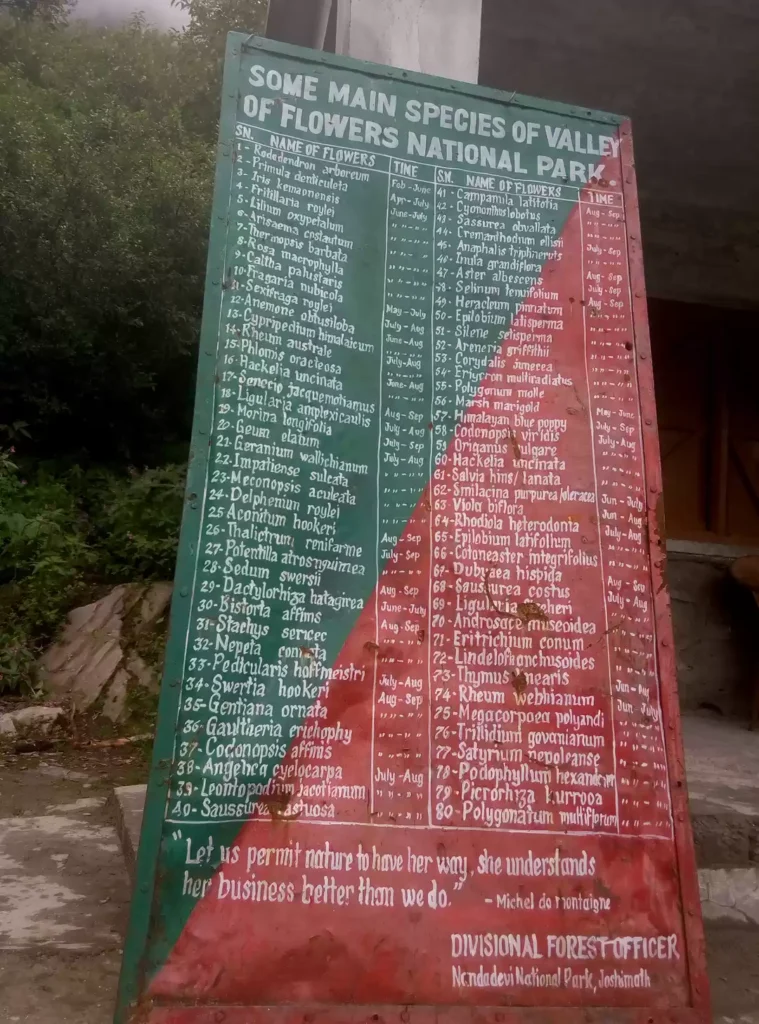
And, to top it all, a lot of these are medicinal and aromatic plants, some of which are threatened or endangered. The valley is akin to a super open-air pharmacy but one to be protected, not pillaged.
Local Involvement and Scientific Backbone
One of the key reasons the nomination worked was the genuine scientific data gathered over decades. However, it was not scientists and researchers alone working on the task, but local communities, forest guards, and conservationists contributed their efforts towards maintaining and protecting this sensitive zone.
The IUCN experts pointed out the involvement of the community and India’s focus on sustainable conservation as positive major.
The Final Decision: July 14, 2005
Once the IUCN team had made their favorable recommendations, the World Heritage Committee conducted a critical meeting in July 2005. On July 14, the Valley of Flowers was finally inscribed in the UNESCO World Heritage list.
This status wasn’t merely a designation. It was a triumph for all the scientists, forest workers, and local villagers who had struggled to preserve this valley from extinction and threat.
What the UNESCO Tag Means for the Valley of Flowers (and India)
Having been declared a World Heritage Site has produced several benefits:
- Increased Tourism: Foreign and national tourists now come to the valley in greater numbers, albeit in a regulated, eco-friendly fashion.
- Improved Protection: Government agencies now have an obligation to safeguard the valley’s biodiversity, regulate the number of visitors, and prevent destructive activities.
- Global Assistance: During natural disasters (such as floods or landslides), UNESCO member countries can extend financial and technical assistance towards restoration.
Most importantly, it has focused international attention on India’s rich natural heritage and the need to conserve such sites not only for tourism but for science, climate health, and future generations.
Final Word: A Valley That Blossomed into International Acclaim
The Valley of Flowers isn’t only a scenic spot, it’s a living lab, a peaceful oasis, and a representation of India’s beauty. Its path from an isolated Himalayan meadow to an internationally recognized World Heritage Site is an example of what can be achieved through science, people, and nature.
So the next time you look at a picture of the Valley of Flowers or fantasize about walking through its multicoloured trails, don’t forget the decades of effort and love that took it to where it is now.
And if you ever have the opportunity, you should go there. But visit carefully. Nature owes us our wonder and our kindness.
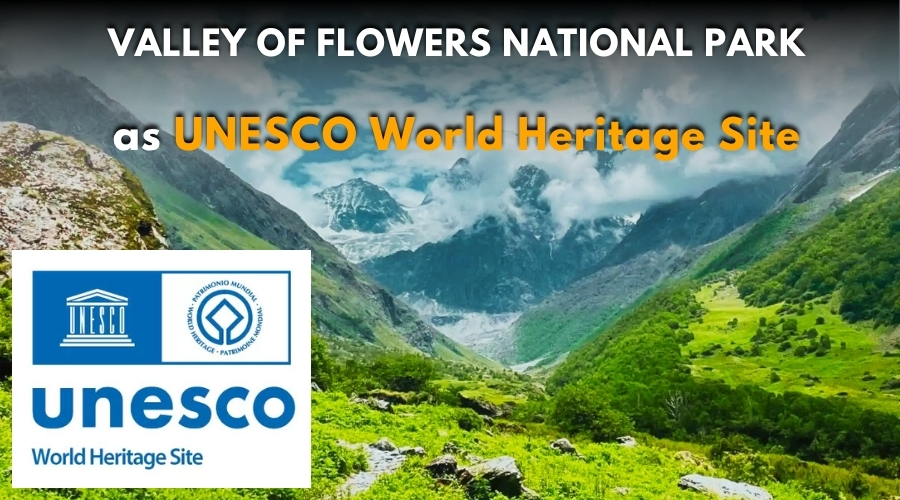
Leave a Comment